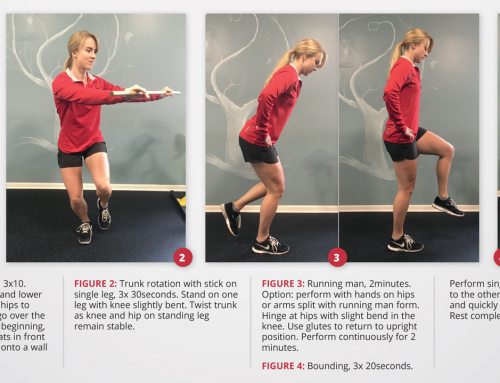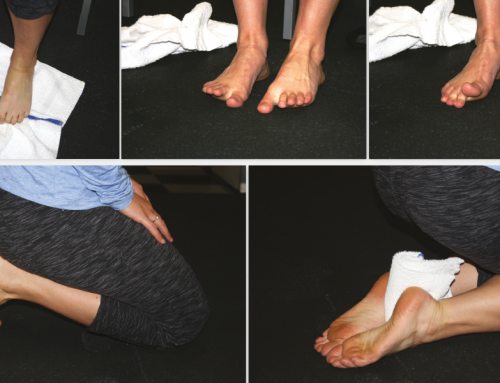By Bill Kraus
In last month’s article we discussed the importance of maintaining a good circadian rhythm to maintain optimal health. Another good health habit is maintaining a balance between energy expenditure and energy intake. Maintaining energy balance will help in maintaining a healthy weight; but, it also has other beneficial effects on metabolism and health when combined with other health habits.
To maintain a healthy weight, one must maintain energy balance over time. The common observation is that the average American gains one pound of weight per year; studies show that on average two pounds are gained during the winter season, from Thanksgiving to New Years; and then one pound is lost between New Years and the end of February. This is thought to be due to overeating during the holidays. Common wisdom is that this one pound of body weight constitutes 3,600 calories, or on average an excess of calorie intake over expenditure of a mere 10 calories per day—that is, an imbalance of 10 calories per day—one tenth of a bread slice! One can see how incredibly precisely the average American balances energy intake and output!
The contrary argument is that one can gradually decrease weight by expending more calories with small changes in physical activity and exercise—if intake is not changed. However, the best intentions can be nullified by small dietary indiscretions. Also, common wisdom is that for the average person, one mile of exercise—at any pace, whether it be through walking, jogging, running—results in 70 to 100 calories of energy expenditure. Thus, in reality, it requires over 4 miles of walking to counter one extra scone or donut. It is amazing that we are able to balance calories at all—and some Americans do not, as shown by the increase in overweight, obesity, and frank diabetes in our country over the last several decades. The other logical conclusion is that one cannot lose significant weight with exercise alone—it takes calorie restriction (diet) and exercise: diet to lose the weight and adequate energy expenditure through dedicated physical activity to maintain the lost weight calories obtained with diet. Said another way, frank weight loss, weight maintenance and energy balance can only be maintained with a combination of diet and exercise; however, significance progress can be made with small changes.
Notice that we have not discussed the content of the diet. There is considerable controversy about whether low carbohydrate-high protein and fat or low fat, high carbohydrate diets are better for weight loss, health and prevention. This argument takes turns at regular intervals and confuses the common person. For the purposes of the items under discussion here, we should not be concerned about the content of the diet, other than the calorie count.
There is confusion about the normal daily dietary calorie requirements. The common wisdom is that the normal woman requires about 2200 calories per day and the normal man 2400 to 2600 calories per day to maintain weight and energy balance. These are averages and assume that individuals are getting a regular amount of physical activity. This assumption—in our current sedentary society with drive-thru mania and other conveniences that do not require us to walk or move for work or play—is not often true. Thus, the estimates for nutritional energy requirements are probably over estimates. How many calories should one consume then? It depends on one’s individual resting energy requirements. One might be surprised at the individual variation in resting energy requirements—or resting metabolic rate (RMR). We have tested two women of about 125 pounds with vastly different resting energy requirements—the amount of energy required per day to maintain basic life functions in the absence of any physical activity. These have varied from as few as 800 calories to as much as 1400 calories—a 600 calorie difference before accounting for any exercise or physical activity. For any individual this cannot be known without having one’s RMR measured.
On the physical activity side, we generally recommend at least 10,000 steps per day, for energy balance. Ten thousand steps is generally about 6 miles, or 600 calories. Added to the basal rate (RMR) one can then see how one can get to about 1400 to 2000 calories per day for women to maintain energy balance. It is about 400 calories more for men. So how many calories should one consume per day, and how much physical activity should one do to maintain energy balance? For every 10,000 steps per day in normal activity, dietary calorie intake can be 600 calories over resting energy expenditure. Have you resting energy expenditure measured and you will know exactly how many calories you can eat to per day, given your daily step count, and remain in energy balance.
# # #
Bill Kraus is a preventive cardiologist. His research focuses on defining what exercise mode, intensity and amount results in optimal health benefits for any given individual: personalized lifestyle medicine. Also, he is committed to understanding the value of regular physical activity, regular circadian rhythm and energy balance for health benefits. The Duke Sports Medicine Forward Program is a lifestyle program where your resting energy expenditure can be measured based on the following components: 1) Maintaining a steady circadian rhythm (see the May 2016 Endurance Magazine), 2) Maintaining energy balance: balancing intake of calories with energy expenditure, and 3) Maintaining energy cycling: daily, creating at least two periods of negative energy stress (through fasting and exercise) interspersed with nutritive resupply and repair through proper nutrition.








